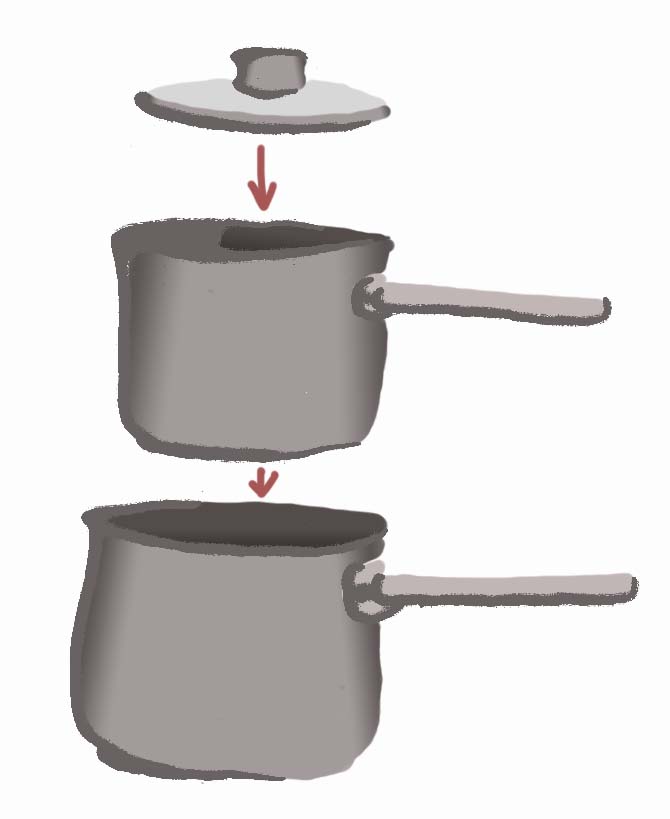 We are firm devotees of porridge for breakfast in our house. In the past few weeks our porridge experience has been revolutionised by a porringer. Despite its name, a porringer isn’t just for making porridge in. It’s for all sorts of soups and sauces, basically anything that needs to be cooked slowly on a low heat. It’s essentially a saucepan version of a bain-marie. The bottom pan contains boiling water and the top contains our porridge ingredients. Although it takes longer than using an ordinary pan, the porringer is perfect for porridge. An additional advantage is that I don’t have to worry about burning it.
We are firm devotees of porridge for breakfast in our house. In the past few weeks our porridge experience has been revolutionised by a porringer. Despite its name, a porringer isn’t just for making porridge in. It’s for all sorts of soups and sauces, basically anything that needs to be cooked slowly on a low heat. It’s essentially a saucepan version of a bain-marie. The bottom pan contains boiling water and the top contains our porridge ingredients. Although it takes longer than using an ordinary pan, the porringer is perfect for porridge. An additional advantage is that I don’t have to worry about burning it.
Porridge has long been associated with Scotland. By rights I should stir my porridge with a spurtle (essentially a pretty wooden stick). I should also stir it in a clockwise direction using only my right hand to ward off evil spirits. I do own a spurtle but have sacrilegiously used it for stirring pots of paint, and now I have my porringer, no stirring is required. I’ve read that historically Scottish families would cook up a great batch of porridge, pour it into a drawer, where it was left to cool and stored. They would then eat it by the slice. Considering porridge was traditionally made with water and salt, it must have been like eating the inside of a mattress. I can just imagine Little Owl’s face! I think we’ll stick with milk and honey.







“An additional advantage is that I don’t have to worry about burning it.”
When I is used in this context it is the royal I, ie me!